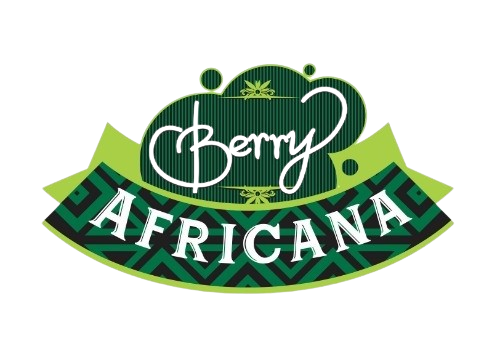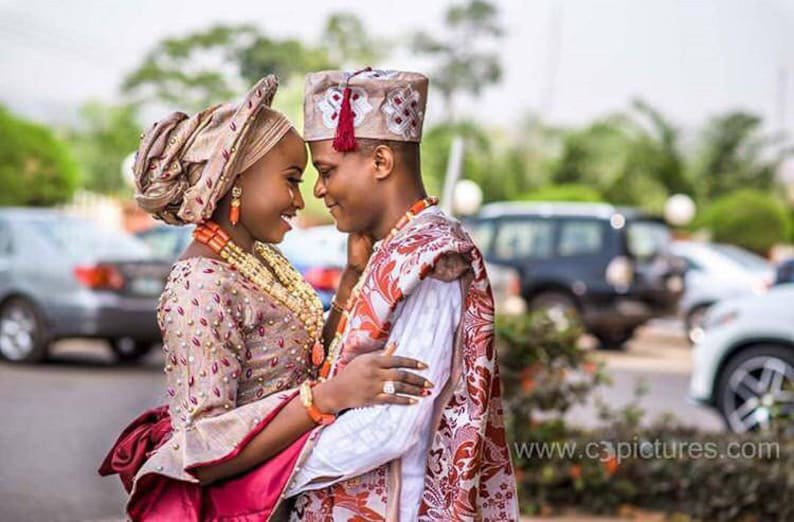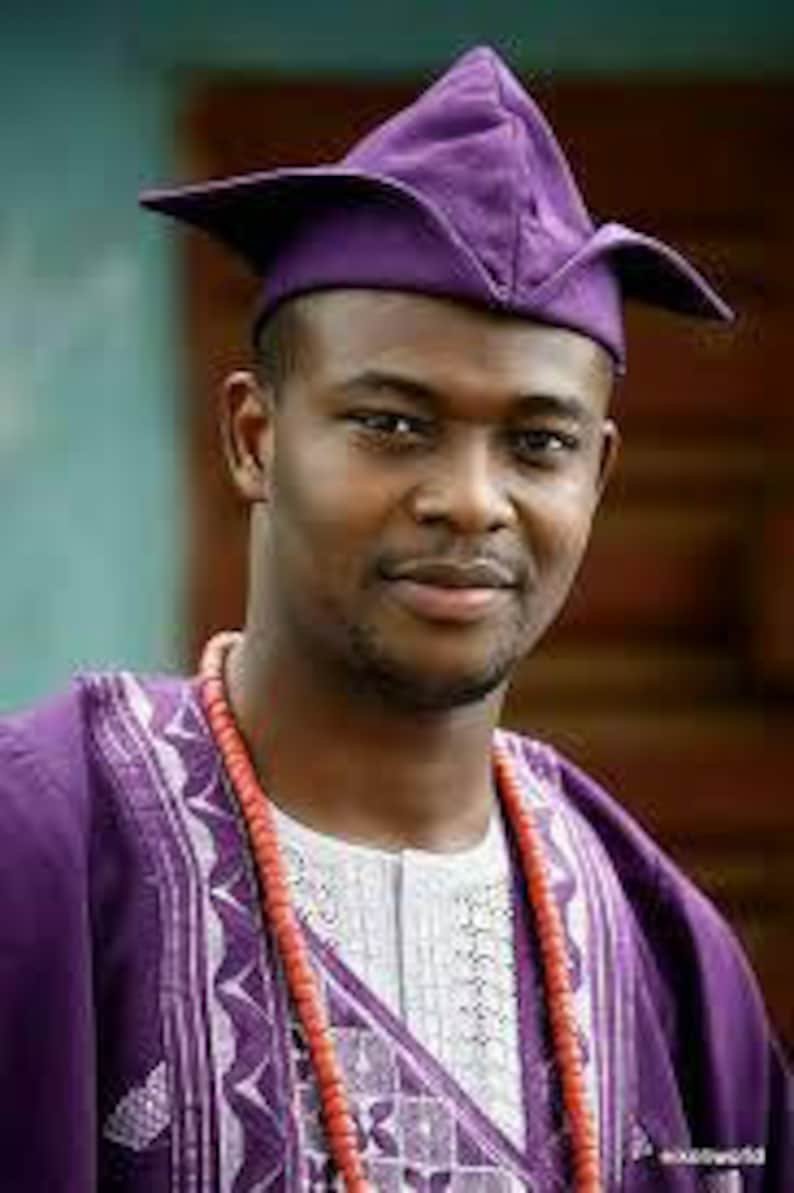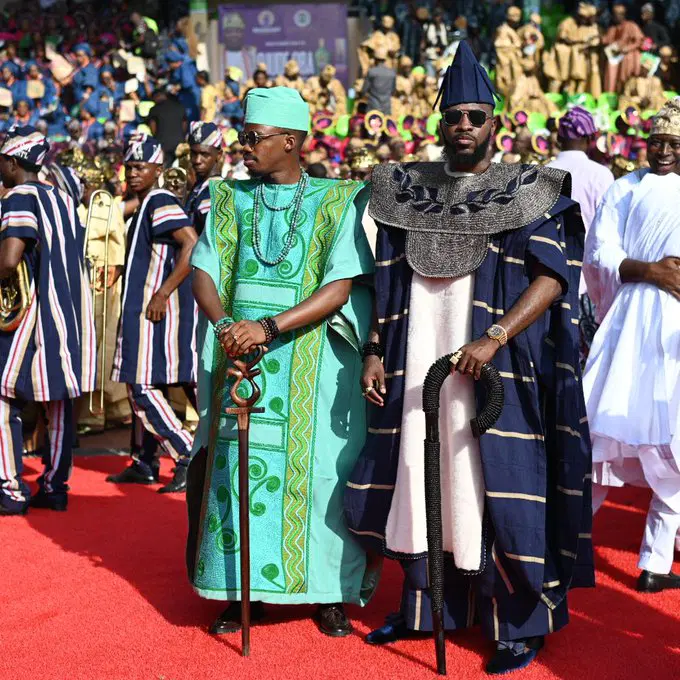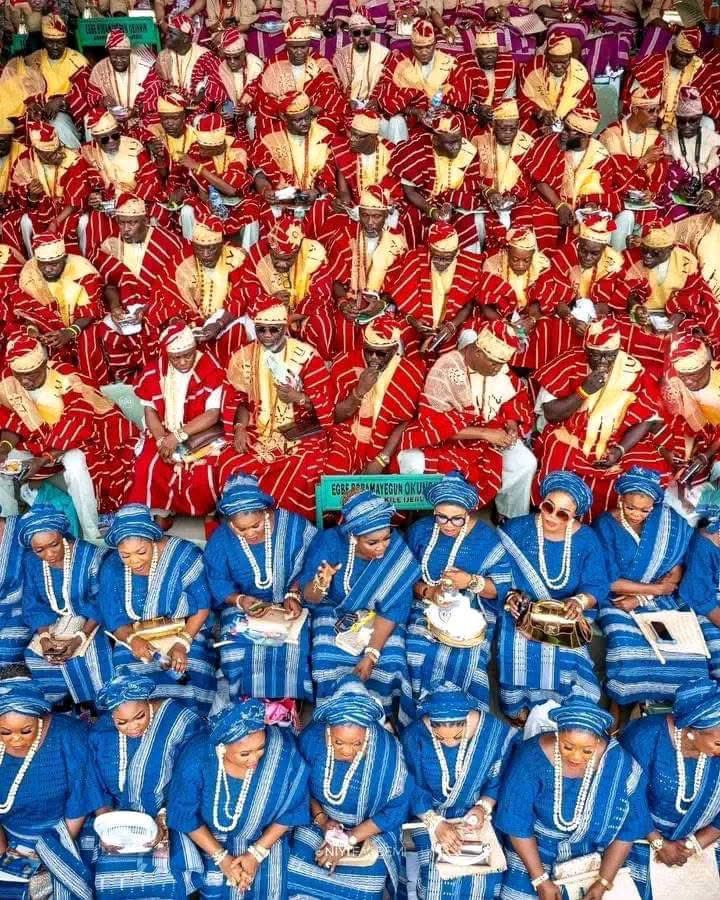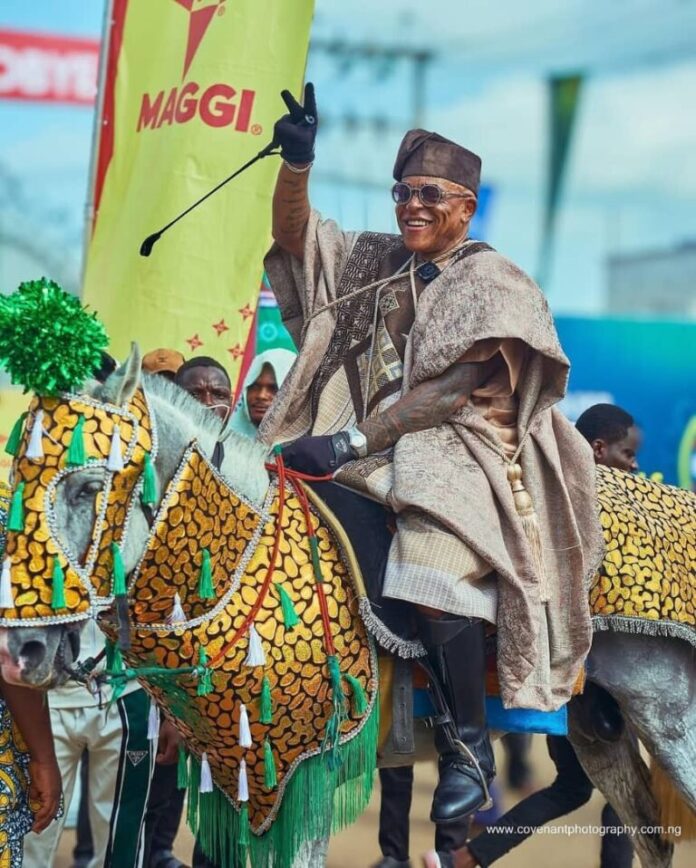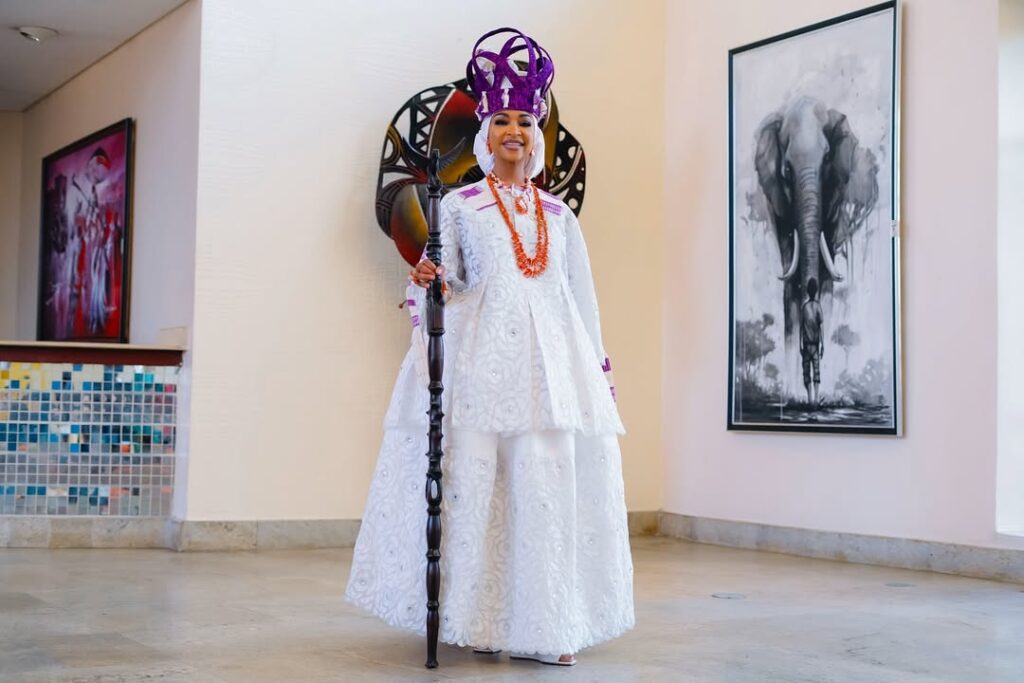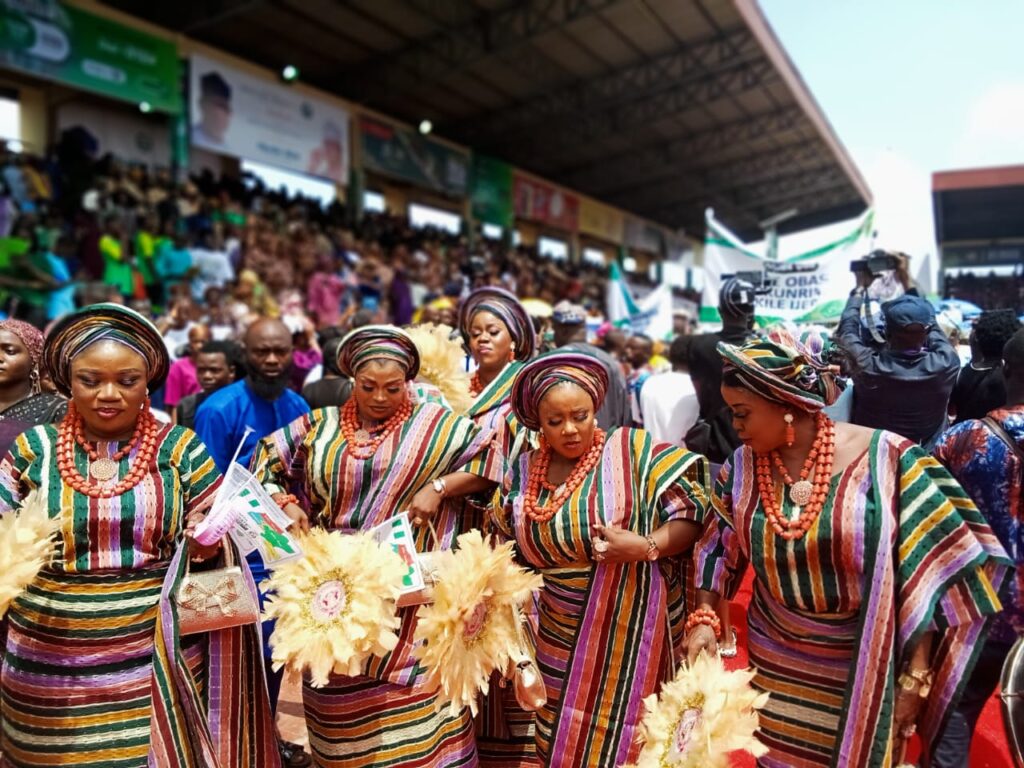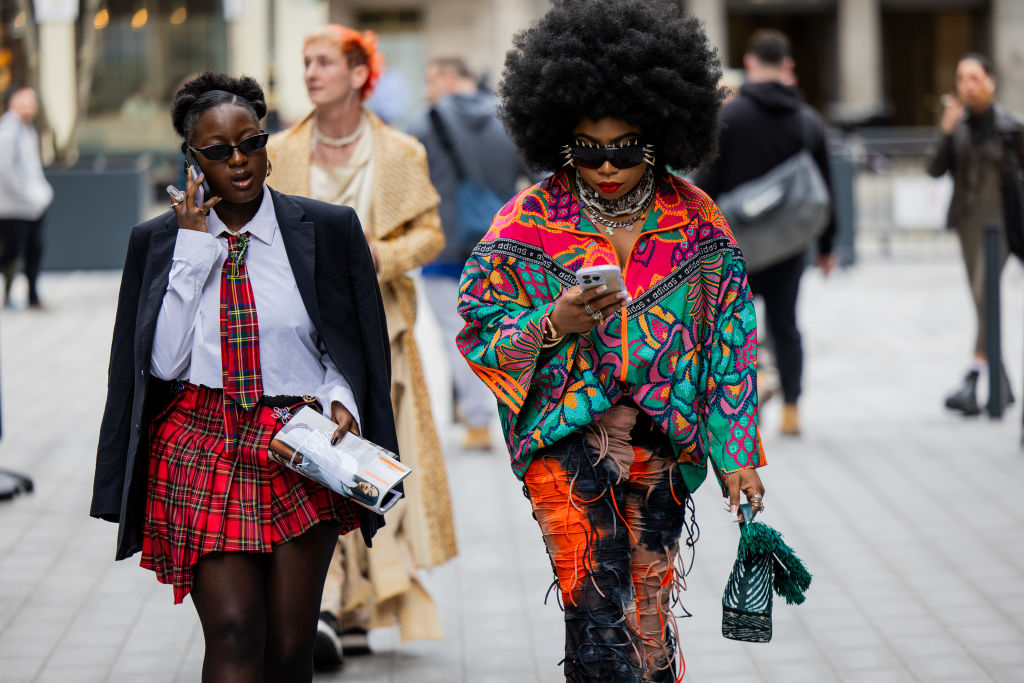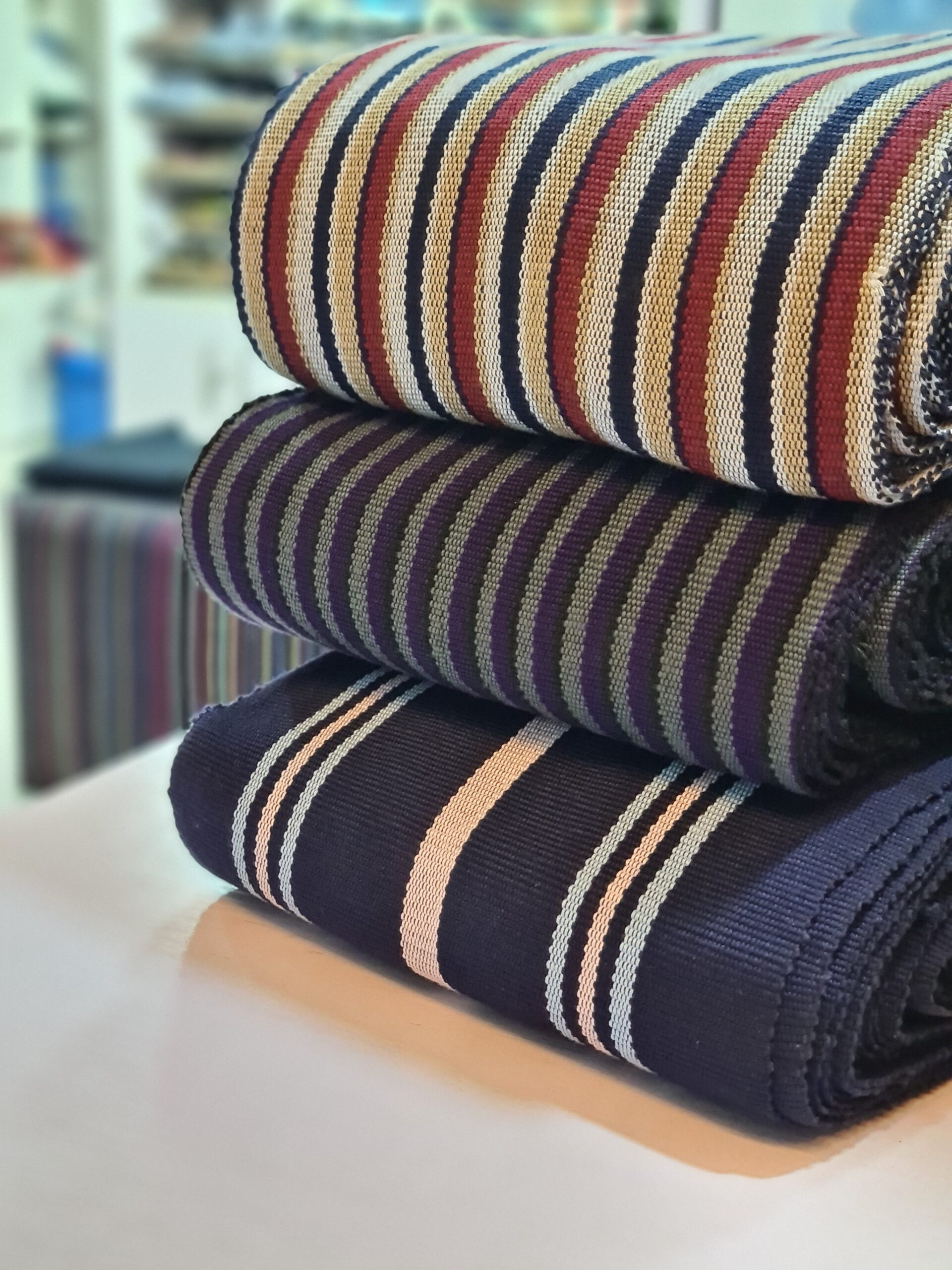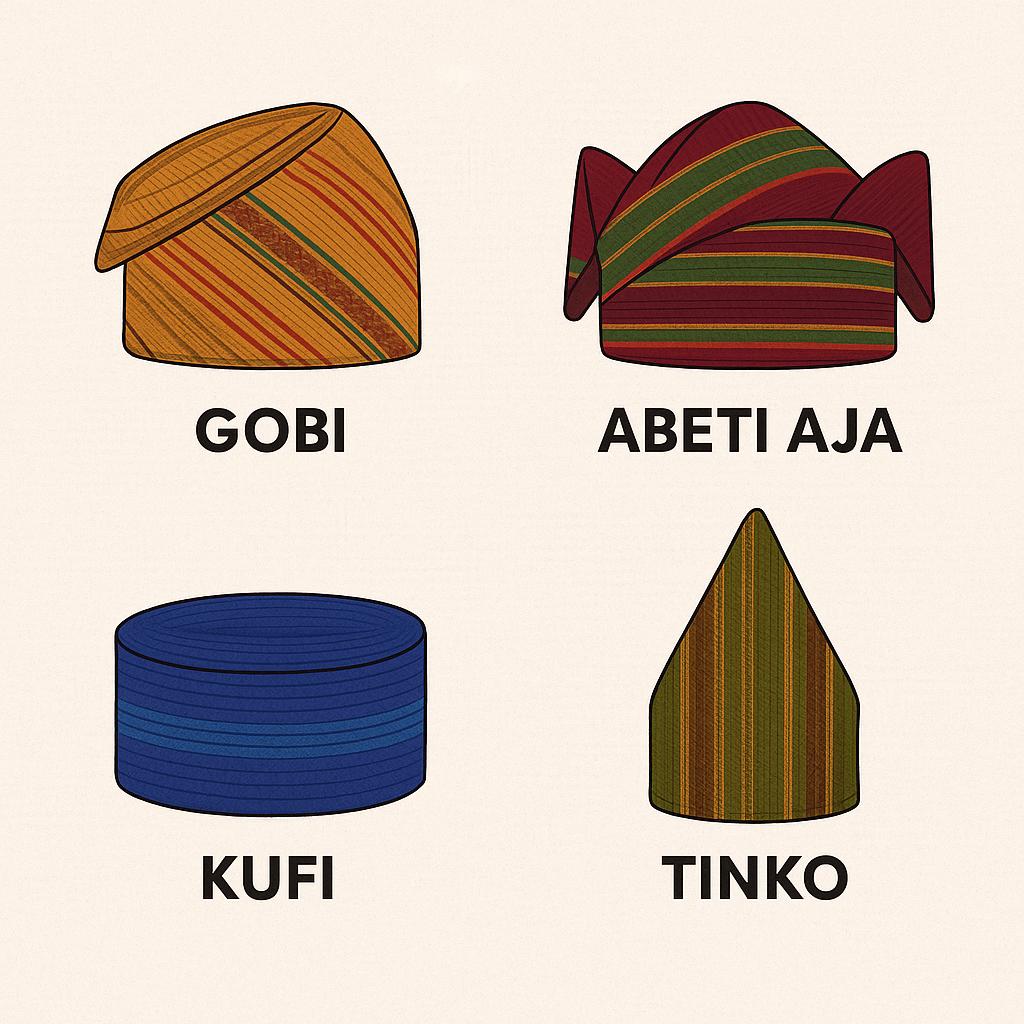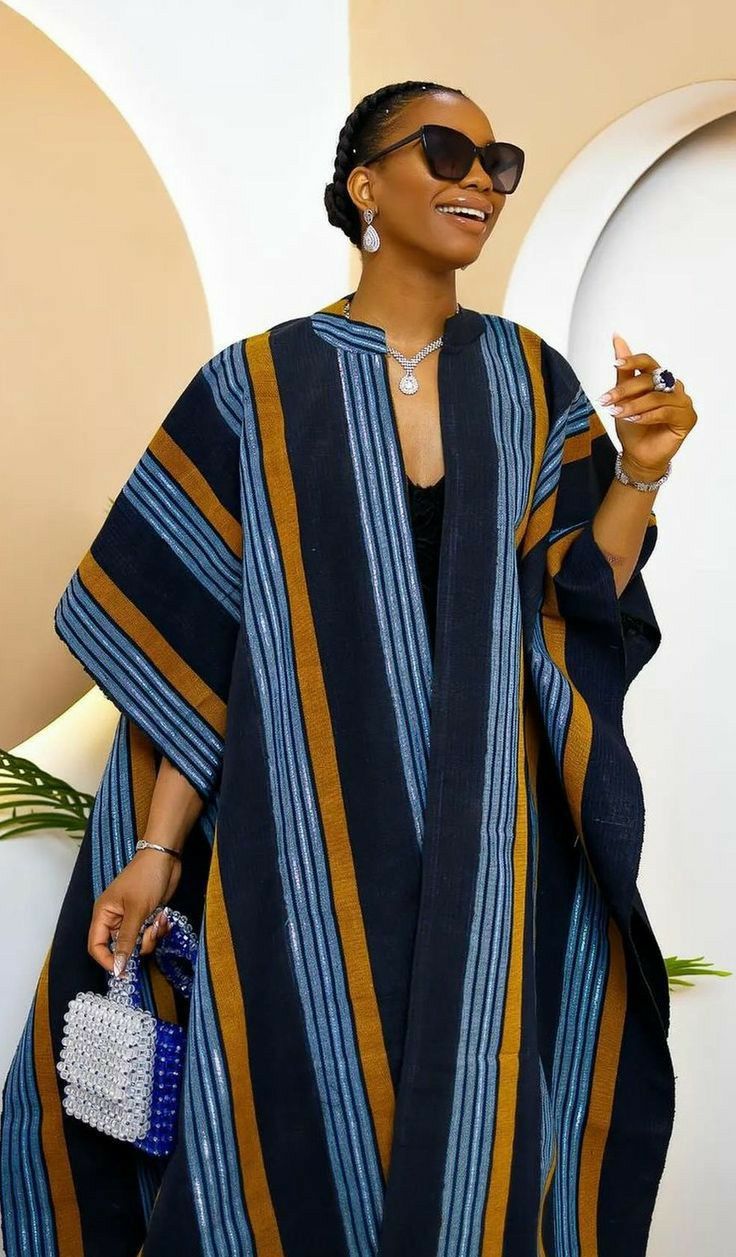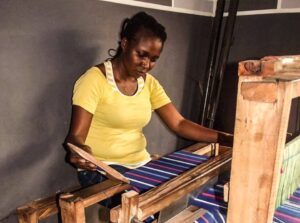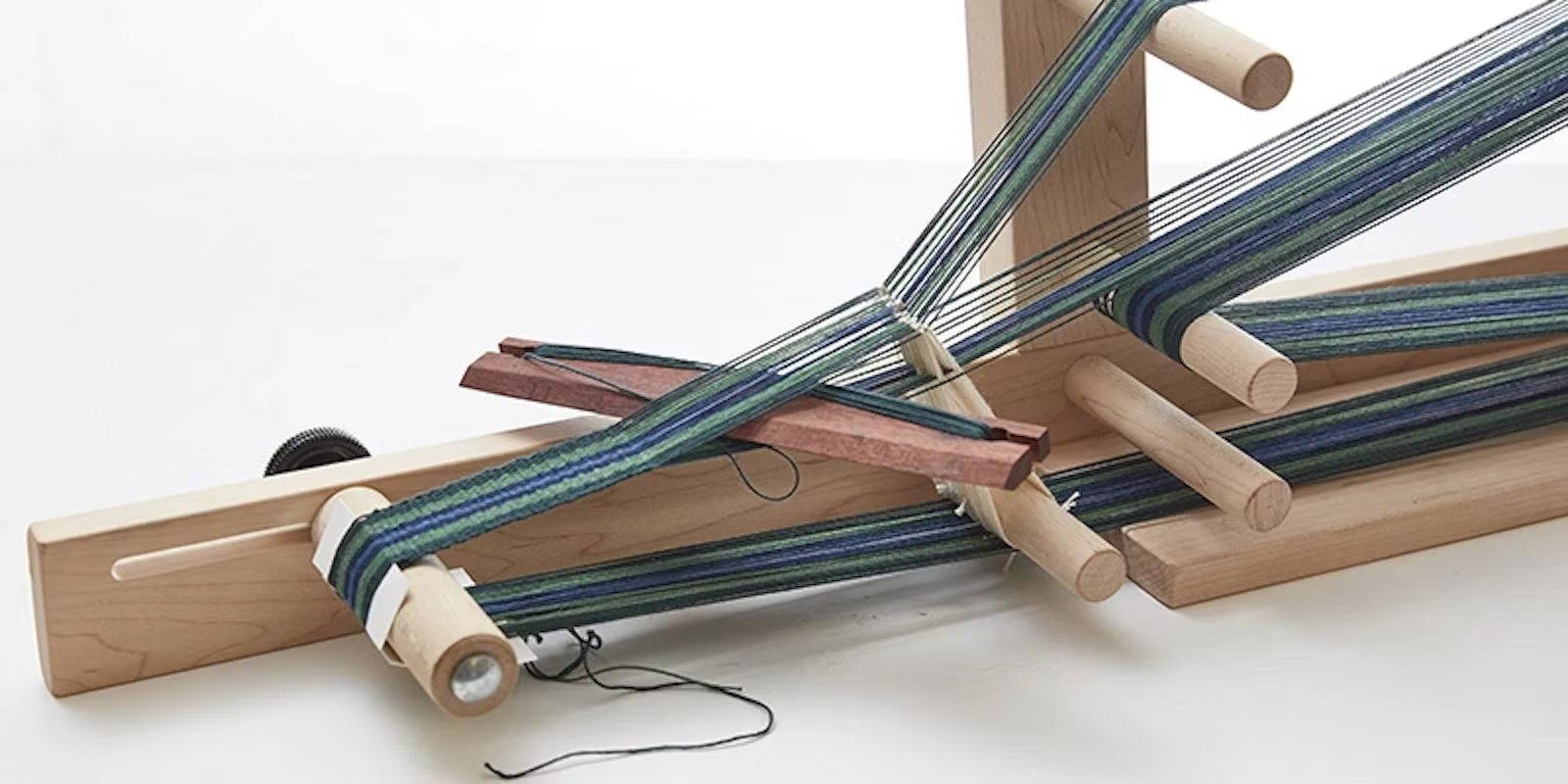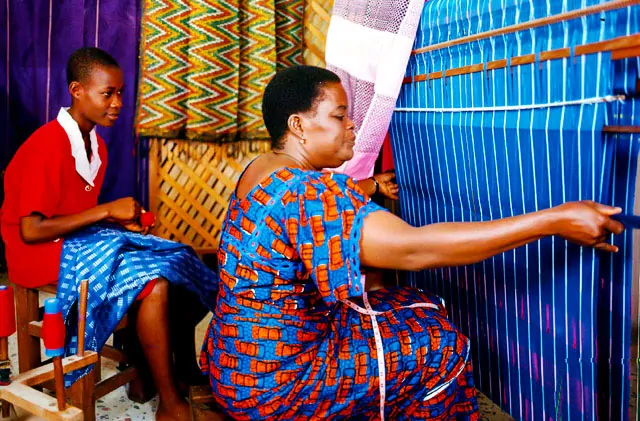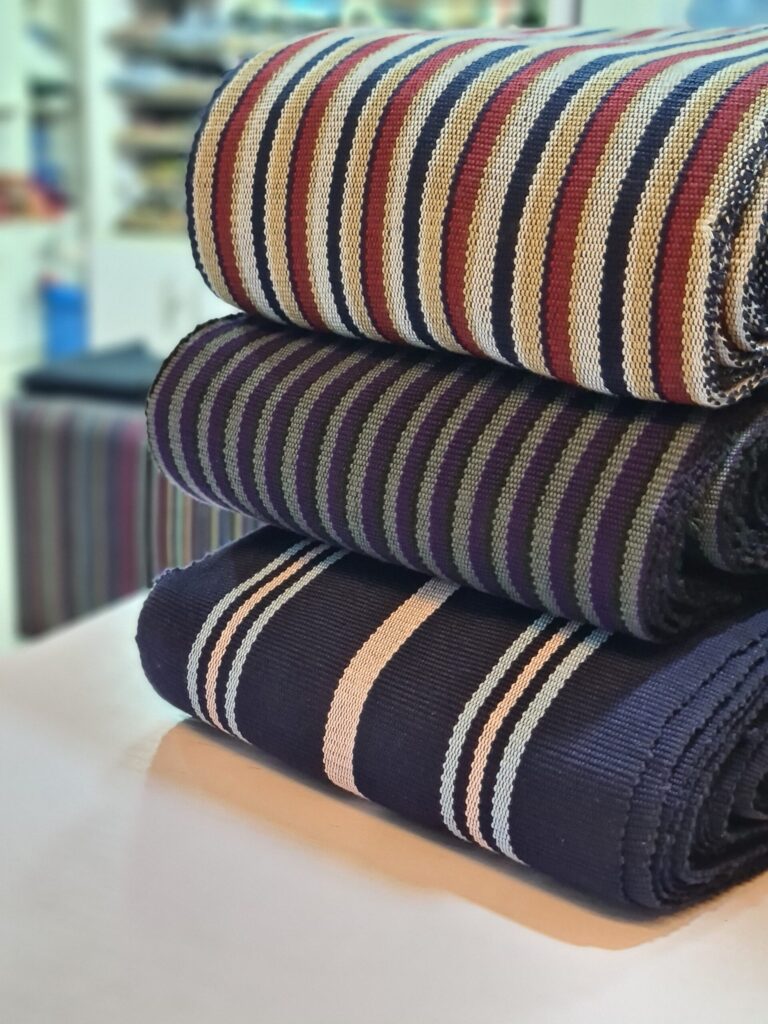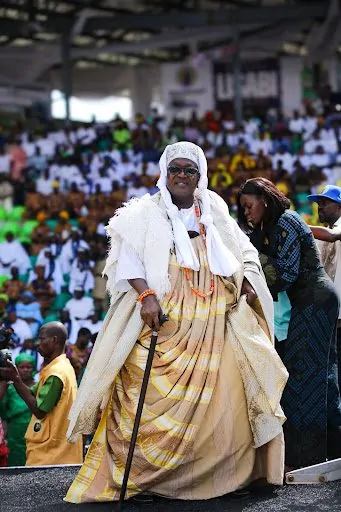Bridal Beyond Borders: How Nigerian Wedding Fashion Is Trending Globally
In the world of weddings, Nigerian fashion has always been bold, regal, and unforgettable. But in the last few years, its influence has surged far beyond the shores of West Africa. Thanks to social media, cultural pride, and the creativity of the Nigerian diaspora, Nigerian bridal fashion is now a global phenomenon.
The Aso Oke Effect
One of the most significant exports is Aso Oke—a handwoven fabric traditionally worn by Yoruba brides. Today, Nigerian brides in Houston, London, Dubai, and Milan are donning beautifully modernized Aso Oke outfits. Styled with geles, beaded accessories, and tailored corset bodices, these looks are stealing the spotlight at weddings across the globe.
Many luxury bridal designers have now begun collaborating with Nigerian creatives to integrate these fabrics and styles into couture collections.
Instagram, Pinterest, and the Global Stage
Platforms like Instagram, TikTok, and Pinterest have played massive roles in this spread. Viral videos of gele-tying tutorials, bridal reveals in lace iro and buba, or the emotional moment when a bride dances in with her aso ebi squad, have made Nigerian wedding traditions aspirational worldwide.
Non-Nigerian brides are even starting to incorporate Nigerian elements—from second outfit changes in Ankara to having Yoruba drummers at their multicultural ceremonies.
Designers and Brands Leading the Movement
Several Nigerian designers with global clientele—like Deola Sagoe, Lanre Da Silva Ajayi, and Matopeda (TopeFnR)—are creating wedding looks that merge couture silhouettes with African flair. Diaspora-based labels are also emerging to serve this cultural need, making custom Aso Oke, lace, and beaded gowns for clients in Canada, the UK, and the US.
The Grooms Are Not Left Out
Grooms are now embracing their roots in high style—think well-fitted agbada sets, fila caps, beaded walking sticks, and coordinated Aso Oke with their bride. What was once considered “too traditional” is now celebrated as prestigious and royal.
Why This Trend Matters
This wave isn’t just about fashion—it’s about identity, pride, and storytelling. It reflects a generation that’s refusing to shed their culture in foreign lands. Instead, they’re elevating it to global levels, showing the world the power and beauty of Nigerian traditions.
Nigerian bridal fashion is no longer just for Nigerians—it’s now influencing global bridal trends, inspiring designers, and gracing international wedding blogs and runways.
